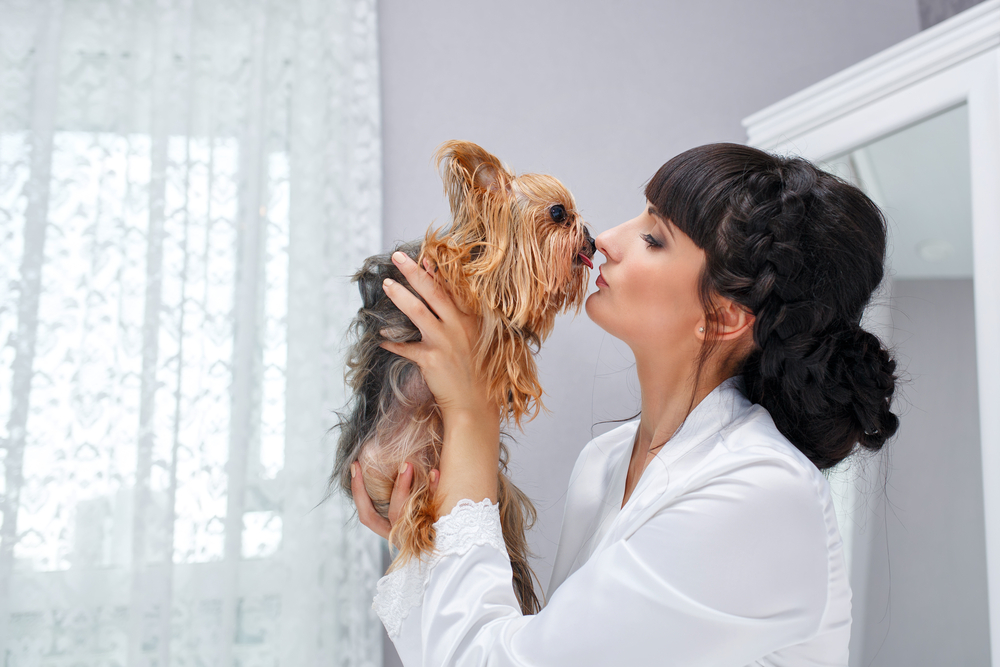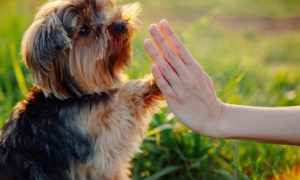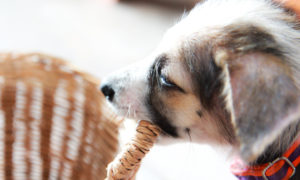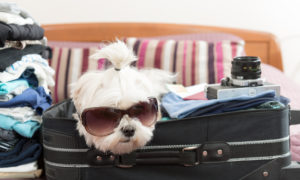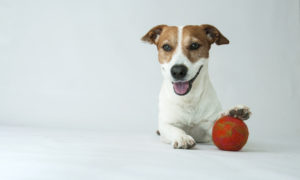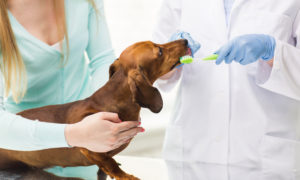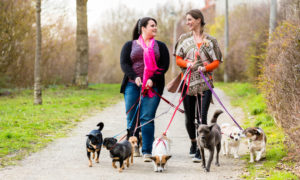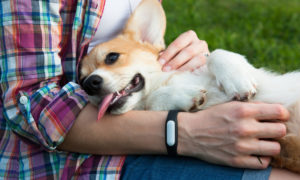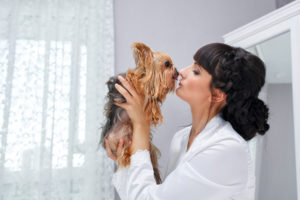 Lots of dogs generally dislike going to the vet for check-ups, but it doesn’t have to be that way. Just find time to teach your dog that vet visits don’t have to be a big deal as well as how to help your little grown dog if he begs to differ. Bear in mind that proper handling techniques are important to reduce stress to pets and their owners during vet visits. Dogs tend to become a lot easier to handle if they are actually trained and are accustomed to handling. Getting your pooch to be familiar with this process requires holding him regularly even when no lab procedures are performed.
Lots of dogs generally dislike going to the vet for check-ups, but it doesn’t have to be that way. Just find time to teach your dog that vet visits don’t have to be a big deal as well as how to help your little grown dog if he begs to differ. Bear in mind that proper handling techniques are important to reduce stress to pets and their owners during vet visits. Dogs tend to become a lot easier to handle if they are actually trained and are accustomed to handling. Getting your pooch to be familiar with this process requires holding him regularly even when no lab procedures are performed.
Basic Principles to Abide by
Through the use of proper restraint, we keep our pets from inflicting any serious injuries to us and to themselves due to inappropriate handling. Here’s what you have to remember when you need to get your pooch examined by the veterinarian.
- Pets generally experience stress as a result of traveling. Your dog has to be allowed to acclimate to the clinic for periods of up to one week.
- Get Fido used to the environment and the people in-charge of managing him through regular handling in a safe, non-threatening situation like giving food treats and petting.
- Handle your pet firmly but gently and avoid startling them by making loud noises or sudden movements.
- Your vet may ask an assistant’s help whenever possible and may even use restraint devices when appropriate.
How to Handle Your Pooch
Dogs in the lab are generally accustomed to people and are often easy to work with. Here, a slip lead is highly recommended to handle these little furballs. Note that it is important for Fido to always be carried with proper support. He can be restrained in lateral recumbency or in a sitting position for minor procedures like injections. However, for venipuncture, the handler may have to try to restrain Fido on a table with his one arm around the dog’s neck, while the other will be used to restrain the dog’s body when needed. Keep in mind that shy or fearful dogs may require extra time spent with this process to make him more at ease. You can keep your pooch from getting alarmed by moving him slowly and speaking to him quietly. Consider purchasing a commercial muzzle for uncompromising dogs. For highly aggressive ones, they might have to be tranquilized. Just make sure that this is supervised by the vet.
With small pooches, minimum restraint is actually better than too much. Expect that your four-legged best friend will most likely struggle to the point of hurting himself or even to the point of collapse. So as soon as you noticed that your pooch is becoming too agitated, just take a break and provide your furbaby a chance to calm down. As soon as Fido has become familiar and trained for trips to your veterinarian, it would be really great if you continue on handling your pooch on a daily basis and then occasionally stopping by the clinic just to say “hi” to the people there.

